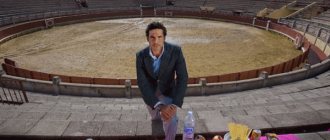Moments of the seriesAll seasons online
The love story of Hurrem and Sultan Suleiman 10 years ago won the hearts of viewers all over the world. Many hoped for a continuation, and now the creators presented a new project - the series “Magnificent Century. Kösem Empire" (“Muhteşem Yüzyıl: Kösem”).
However, interesting things happen not only on the screen, but also off it. Now you will find out what happened behind the scenes of the series, how the actors had fun between takes and what funny situations they found themselves in.
Actors about the moments of filming the series Empire of Kösem
The Sultana was played by 4 actresses at once. If the “aged” Kosem was found quickly, the search for the young one, when she was still Anastasia, dragged on. As a result, she was found in Greece, where the real sultana was from, and what’s surprising is that she has the same name!
For actress Anastasia Tsilimpou, this work became her debut. She recalls with a laugh the preparation for filming, because she not only had to get used to the role, but also learn Turkish. She still doesn't understand how she was able to do this.
Ekin Koç, who played Sultan Ahmed I, was inspired by the role. He tried to convey as accurately as possible the experiences and fears of the young padishah.
The series featured many children who played the sons and daughters of the Sultan. They noted that it was as if they were in the fairy tale “1000 and 1 night.”
Funny moments of the Magnificent Century behind the scenes
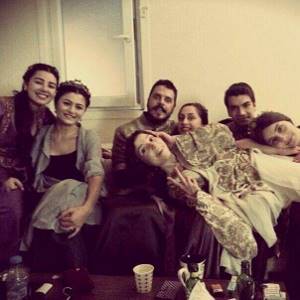
The more important and serious the role, the more often you want to have fun and be yourself in the company of friends and colleagues. And, of course, take pictures and take a selfie as a souvenir.
In these images, the heroes we are used to and love appear in a completely different image. Here the suspicious and gloomy Kösem Sultan smiles, surrounded by “influential statesmen.”
Shehzade and Pasha stood behind each other in identical outfits and took an interesting photo. The concubines, who fight with each other in the series, pose cheerfully for the camera in real life. Sultan Ahmed appears in an unusual “non-Sultan” image. The environment on set was friendly and fun.
how did the magnificent century end
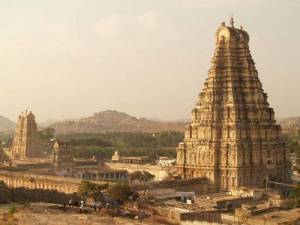
It is known that in India they respect traditions and are very sensitive to the preservation of ancient artifacts, which is why temples built many centuries ago have survived to this day in all their grandeur, without losing their richness and splendor. In order to see the amazing temples of Ancient India, thousands of tourists from all over the world come to the country every year. What sanctuaries are definitely worth visiting if you find yourself on the territory of the largest state in South Asia?
Shiva Temple
In Hinduism there are a huge number of gods, the most revered of which is Shiva. Shiva personifies universal consciousness, as well as the masculine principle. Many temples in India are dedicated to this deity. The most famous religious building dedicated to Shiva is the temple, located in one of the oldest Indian settlements, called Baijanath.
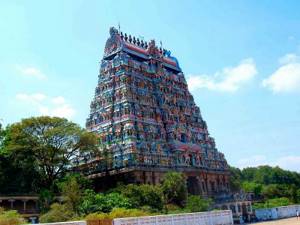
The majestic structure was built at the beginning of the 13th century at the expense of the merchants Ahuk and Manyuk. The sanctuary is decorated with a huge number of figurines depicting Shiva and other gods. Inside the building you can see a sculpture of Shiva driving a chariot next to his consort, goddess Parvati.
What makes it especially unique is that on its territory there is the world's largest sculptural image of Shiva, the height of which reaches 37 meters. The main god of Hinduism is depicted sitting in the traditional lotus position. The monumental statue is painted gold and seems to be bathed in sunlight.
The sanctuary is open to tourists and pilgrims. Especially many pilgrims gather here during religious holidays, the main one of which is the celebration called the “Dance of Shiva.” At this time, Hindus come to Baijanath to spend time in prayers and meditation, and also pour milk on the sacred lingams, that is, images of the genitals of Shiva and Parvati, which also adorn this majestic temple.
Golden Temple
The Golden Temple, which the people of India call “Kashi Vishwanath”, is located near the banks of the Ganges in the city of Varanasi. The Golden Temple is one of the 12 sacred places where Hindus can pay homage to Lord Shiva.
Any Hindu who intends to leave samsara or the circle of eternal rebirth forever must perform a special ritual at least once in his life: visit the Golden Temple and take a bath in the Ganges. Therefore, the sanctuary is very popular. True, only people who profess Hinduism can get inside: for others, the road to this sacred place is closed.
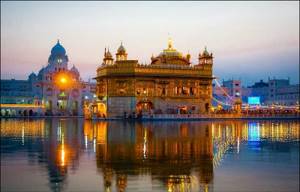
Interestingly, almost a ton of pure gold was spent on finishing the domes of the temple. True, this splendor can only be seen from the upper floors of neighboring buildings.
Temple of Love
The majestic Khajuraho complex or “Temple of Love” can be called one of the most unusual and unique religious buildings in India. This refuge of the gods is located in an abandoned city that was swallowed up by the jungle many centuries ago. It is to this fact that Khajuraho owes its preservation.
It is unknown when exactly the complex was built, but historians believe that it appeared about ten centuries ago during the reign of the Rajput dynasty. When the country was conquered by the Muslims, many temples in India were destroyed, but Kajuharo miraculously survived. True, only 22 structures out of the once existing 85 have reached us. It is possible that the temple was not destroyed because local residents left the city, fearing the invasion of Afghan tribes, and the buildings were hidden from prying eyes by dense thickets of tropical vegetation.
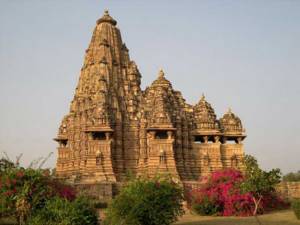
The buildings were found only in 1838 by British engineer D.S. Bart. At the moment, the restoration of the temple continues and excavations are underway nearby.
Kajuharo is truly amazing. The walls of the temple complex are decorated with numerous bas-reliefs, made with filigree precision: the depiction of details amazes to the core. Several thousand bas-reliefs depict battle, mythological and erotic scenes, the latter surprising with their frankness and sensuality.
According to legend, the temple was erected to glorify the power of human love and passion, as well as female beauty. One can only imagine how much time and effort it took the ancient masters to create this mysterious, unusual and unique complex. He seems to embody the fullness of human existence in all its beauty and passion.
Brajeshwari Devi Temple
The majestic snow-white Brajeshwari Devi Temple is especially popular among Hindus. Perhaps this is due to the fact that the appearance of the sanctuary is shrouded in the mystery of a beautiful legend. When Shiva's wife committed suicide by throwing herself into the flames, Shiva pulled her body out of the fire and, losing his mind from grief, began his destructive dance. Vishnu, fearing that the maddened Shiva would destroy the world, cut his wife's body into fifty pieces and scattered them throughout India. The left breast of the goddess turned into the temple of Brajeshwari Devi.
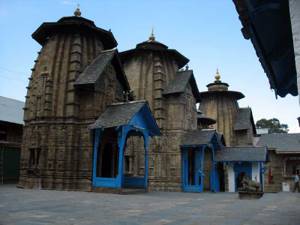
Brajeshwari Devi became famous for its fine, exquisite decoration. Unfortunately, Brajeshwari Devi has not survived to this day in its original form: it has been destroyed more than once by both human hands and the forces of nature.
Lotus Temple
Not only the ancient, but also the relatively recently created temples of India are beautiful and worthy of admiration. The latter includes the magnificent Lotus Temple, the construction of which was completed in 1986. Perhaps it can be called one of the most majestic and symbolic temples in India. It is a monumental structure made in the shape of a giant blooming lotus flower, surrounded by nine pools of turquoise water.
It was built with donations from people who believe in the unity of all world religions. Indeed, the appearance of the temple and its decoration are conducive to philosophical reflection: dim light, peace and complete silence make you detach yourself from earthly vanity and think about the eternal. By the way, they take special care about silence in the temple: loud conversations and photography are prohibited here. Maybe this is the temple that is worth visiting if you find yourself in India: the idea of the unity of all world religious movements and the need to live in harmony with all that exists in our difficult times is more relevant than ever before...
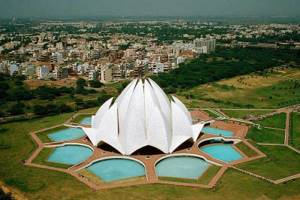
Costumes and jewelry of the Magnificent Century
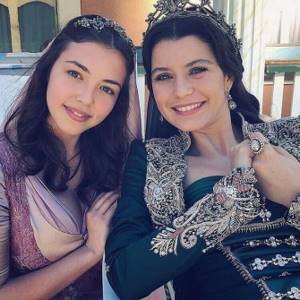
A real oriental atmosphere reigned in the pavilion where the filming took place. The best costume designers and production designers contributed to the series to convey the spirit of the Ottoman Empire of the 17th century.
The scale of their work is truly amazing. They thought through every detail: from household utensils to amazing jewelry and dresses of the sultanas, which are trimmed with jewelry. And what about the artificially recreated decoration of the Topkapi Palace!
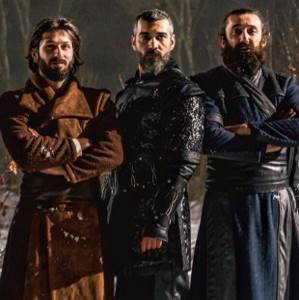
To convey everything with authentic accuracy, the artists visited all the museums and even visited the owners of private collections. Their efforts paid off. Even after the release of “The Magnificent Century,” fans of the series began to massively buy jewelry like the Sultan’s favorites.
“Empire Kösem” only further promoted this fashion trend. Moreover, Kösem Sultan herself was very fond of precious jewelry and treasured it.
The wardrobe of the main characters is especially admirable. The creators of the television series spared neither effort nor money to create luxurious dresses for concubines and sultanas. True, historians criticized the outfits, since they were made more in a Western style than in an Eastern one. However, there is no denying that the dresses turned out absolutely stunning.
How many favorite concubines did Suleiman have?
Sultan Suleiman the Magnificent, famous historical figure of the Ottoman Empire.
At the age of twenty-six, he became the tenth ruler of the Ottoman dynasty.
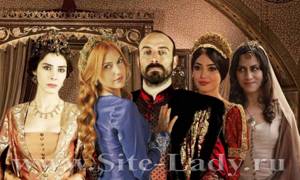
Over the years of his reign, he significantly increased the territory of his empire, making it the greatest and strongest in the history of the Muslim world.
For centuries, he established himself as smart and educated, spoke several foreign languages, wrote poetry, and eradicated corruption.
His favorite pastime was making jewelry, which he made for his favorites.
In part, this personality became known to a wide audience thanks to the Turkish TV series.
Like any padishah, Suleiman had his own harem. According to historical data, the number of concubines was 167.
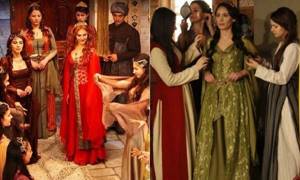
But let's talk about our favorites.
The very first concubine was a girl named Fulane Khatun.
This relationship began when Suleiman was still just crown prince. From their tender feelings a boy was born, who was named Mahmud.
But at the age of nine, the child died of smallpox. And the concubine herself did not play any significant role in the life of the future Sultan.
Perhaps for this reason, the directors did not introduce this character into the storyline of the Magnificent Century .
The second favorite was Gulfem Khatun.
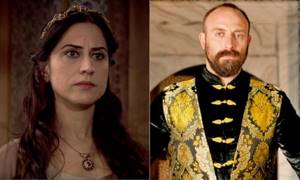
She gave birth to Suleiman a son named Murad, who died in the same year as the first shehzade.
The girl was removed from Suleiman’s chambers, but spent her entire life in the palace, serving faithfully the Ottoman dynasty.
According to historical data, it was Gulfem who spent time next to the ruler in the last years of his life.
She also shared his bed after Hurrem's death. But in the end she was strangled by order of the ruler himself.
The third concubine was the beautiful Mahidevran , who gave Suleiman a son, Mustafa.
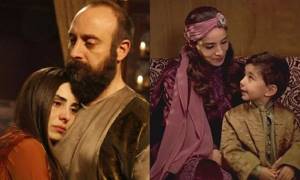
According to some sources, she was Circassian. There is also a version that she was the niece of Suleiman’s mother, perhaps for this reason Aishe Havsa patronized her.
Historical sources indicate that Makhidevran and Suleiman had other children. These are Shehzade Abdullah and Ahmed, as well as the daughter of Raziye Sultan.
But this is all debatable. Perhaps for this reason the writers did not include these events in the film.
Makhidevran, for several years, was the favorite of the ruler, until Alexandra (Hurrem) appeared in the harem, eclipsing her with her charm, intelligence and cheerful character.
So Alexandra Anastasia Lisowska becomes the fourth and most beloved concubine for forty years.

It was she who became the legal wife in 1534, which had never before been practiced in the Ottoman Empire.
She gave the ruler six children . Five boys and a daughter.
The writers were able to embellish the series with several more of Suleiman’s favorite concubines.
This is the Spanish princess Isabella Fortuna , who was able to touch the heart of the Sultan, although partly for purely political reasons.
And also the mysterious Firuze Khatun, who was either a relative or a spy of Shah Tahmasp.

The tender relationship between Firuze and Suleiman was shown over fifteen episodes. But having learned about the girl’s true origin, the padishah calmly sends her out of the palace.
Unsuccessful takes behind the scenes - laughter guaranteed

Unsuccessful takes can defuse the situation even in such a series saturated with intrigue and tension as “The Magnificent Century. Empire of Kösem." These shots were never included.
For example, actress Beren Saat, who embodied the image of the sultana in her youth, had a difficult time. She was stuffed into a bag and thrown into a pool 5 meters deep. Beren admits that this is an incomparable feeling.
There were many funny incidents when actresses kept tripping over the hems of long dresses or having their jewelry fall off. Ekin Koch could not properly draw the Persian bow and shoot from it.
Kadir Dogulu, who played Mehmed Giray, learned to ride a horse and often forgot his text at important moments.

